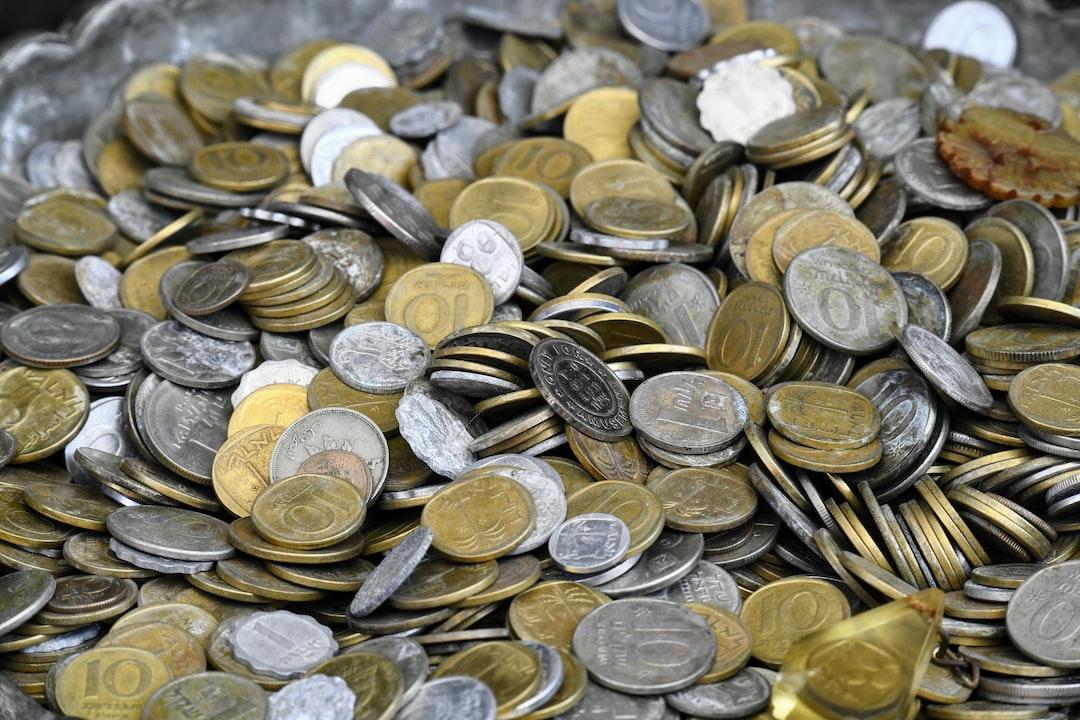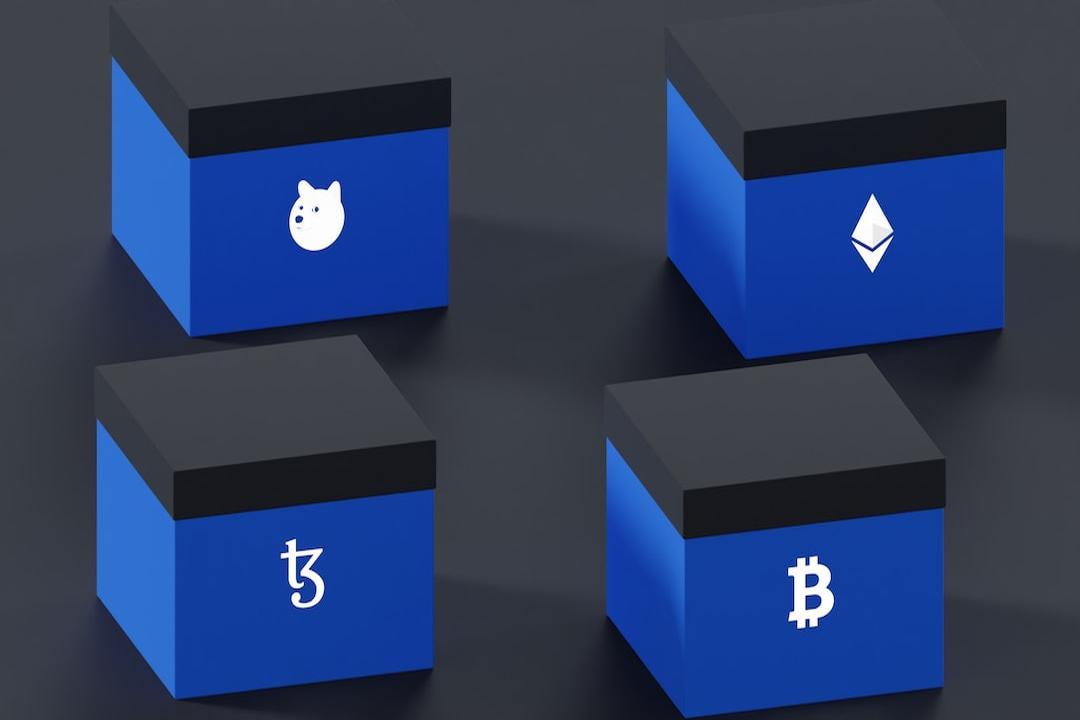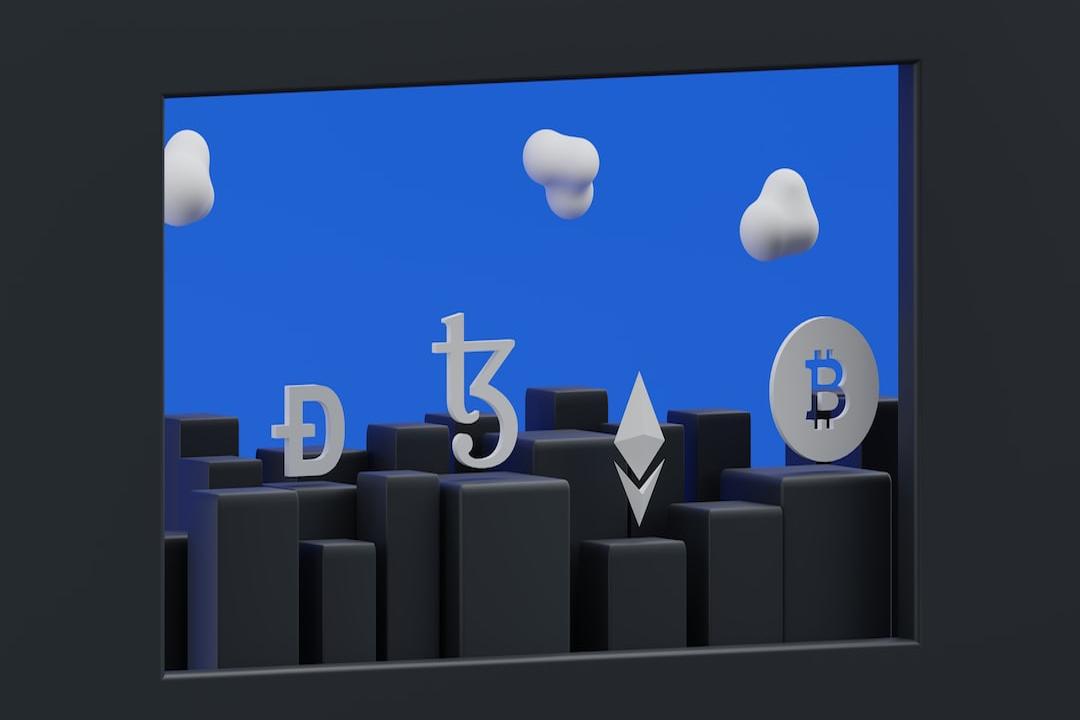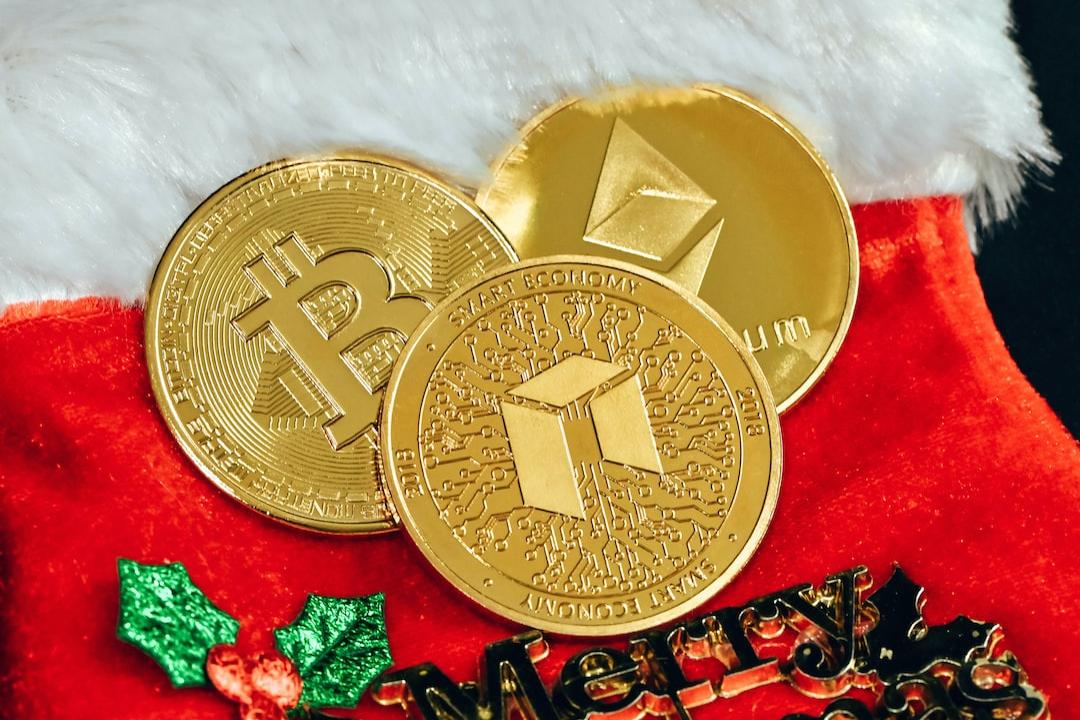Eight Principles of “Good Token Distribution” in Uniswap: No Accumulation, Stay Away from Low Liquidity Tokens
Uniswap founder Hayden Adams commented on the popular trend of “tokens”, although he did not specifically mention which projects, but it is related to teams that implement a “point system” for token issuance. He also expressed his views on “good token distribution”.
Table of Contents:
Toggle
Eight Principles of “Good Token Distribution”
1. “Tokens, not points”
2. “Do not farm the farmers”
3. Achieve real liquidity on the first day
4. Avoid using high token supply to manipulate unit bias
5. Tokens should be distributed generously
6. Do not market token prices
7. Keep it simple
8. Thoughtful and responsible decision-making
Different opinions: Defending the point system
Uniswap founder Hayden Adams’ thoughts are as follows:
Hayden Adams may be emphasizing the distribution of real tokens rather than points that may lack intrinsic value or blockchain verifiability.
Advertisement – Continue reading below




Hayden Adams believes that token distribution should be transparent and sincere, and that vague or enticing implications may unfairly raise the expectations of farmers.
Hayden Adams emphasizes avoiding artificially low supply (low float) to manipulate token prices. Instead, it is suggested to distribute enough tokens openly to achieve true price discovery on decentralized exchanges (DEXs), considering the fully diluted valuation (FDV) rather than just market capitalization (mcap).
Although some tokens have seen rapid price increases and high market capitalization, the actual circulating supply is very low and the chips are quite concentrated. In essence, this easily leads to price manipulation by a few individuals, but there is no actual token utility.
(Note: “Circulating supply,” “total supply,” “maximum supply,” and “fully diluted valuation” can be found on price websites such as CoinMarketCap.)


This point touches on using a high number of tokens to create an illusion of affordability or value, which may be misleading for less experienced investors. This is also a common approach used by meme coins.
Hayden Adams believes that a large number of tokens should be distributed to the community, reflecting a commitment to community interests rather than simply pursuing profits.
He warns against treating tokens as opportunities for quick profits, as this may harm their legitimacy and long-term value.
This is a call for simplification in token economics, avoiding unnecessary complexity that may confuse or alienate potential users.
Hayden Adams encourages entrepreneurs to make defensible and thoughtful decisions with the goal of building something lasting and valuable, rather than just appeasing or manipulating public sentiment.
Overall, each point emphasizes practicing ethics and sustainability. Focusing on real value, community interests, and transparent operations can help build trust and promote a healthier ecosystem.
Gnosis founder believes that the emergence of the point system is precisely to solve the second point of “do not farm the farmers”. And dforce founder Yang Mindao believes: “Points are only derivatives of tokens, used to create pre-market for tokens, just like call options with predetermined exercise prices. The invention of points is to compete with existing companies like Uniswap. Points can freely create new dimensions for speculation, thereby reducing the overall cost of TVL.” It is a response to Uniswap that these new protocols also need a point system to enhance the market.
(Compared to token rewards, on-chain points give teams more flexibility and room for adjustments.)
Uniswap
Token
Points


Further reading:
Optimism announces the third airdrop, giving away nearly 30 million USD worth of OP tokens
ChatGPT analyzes the USD token economy: buying bonds can earn pledge rewards, flexible supply limits.
